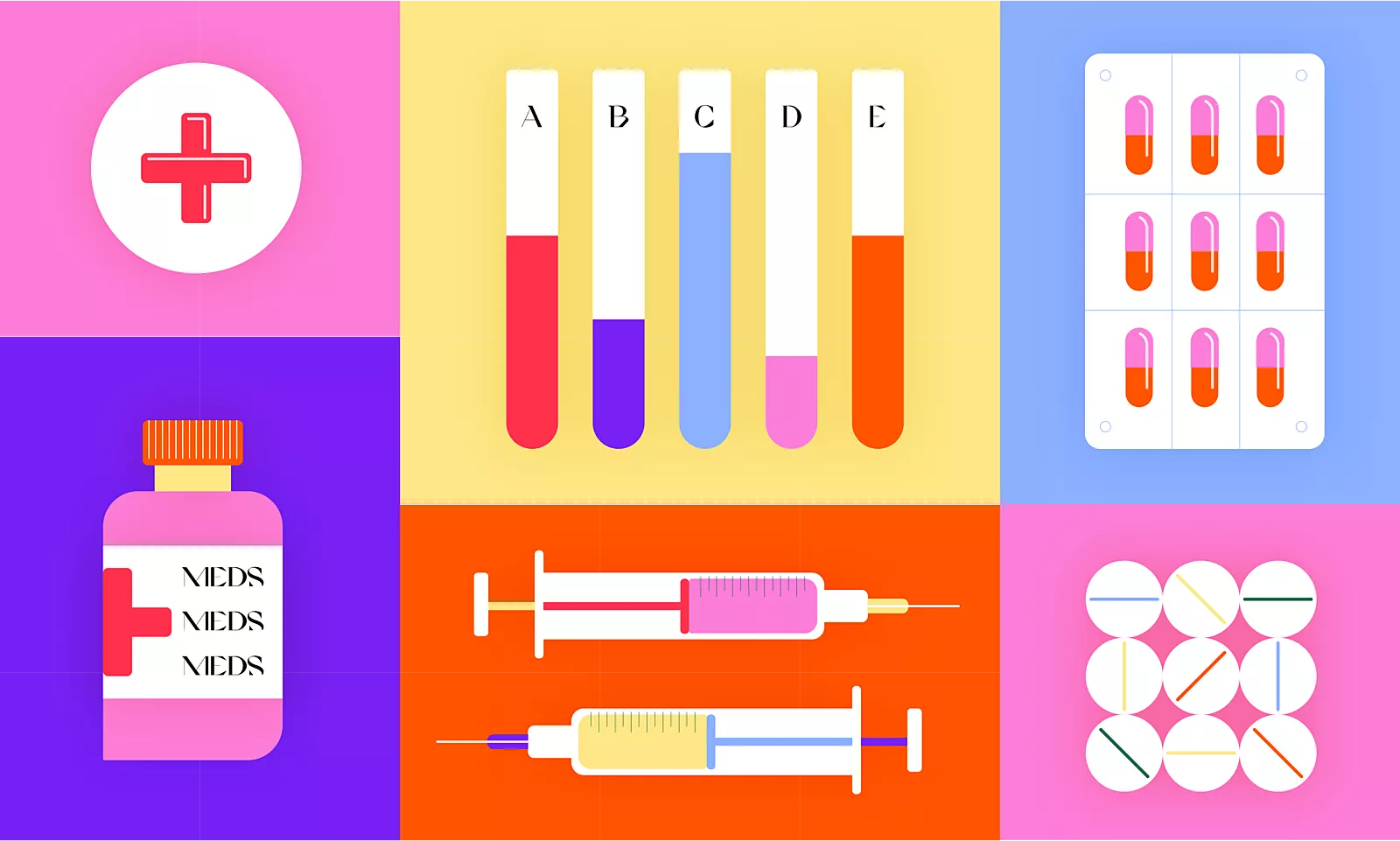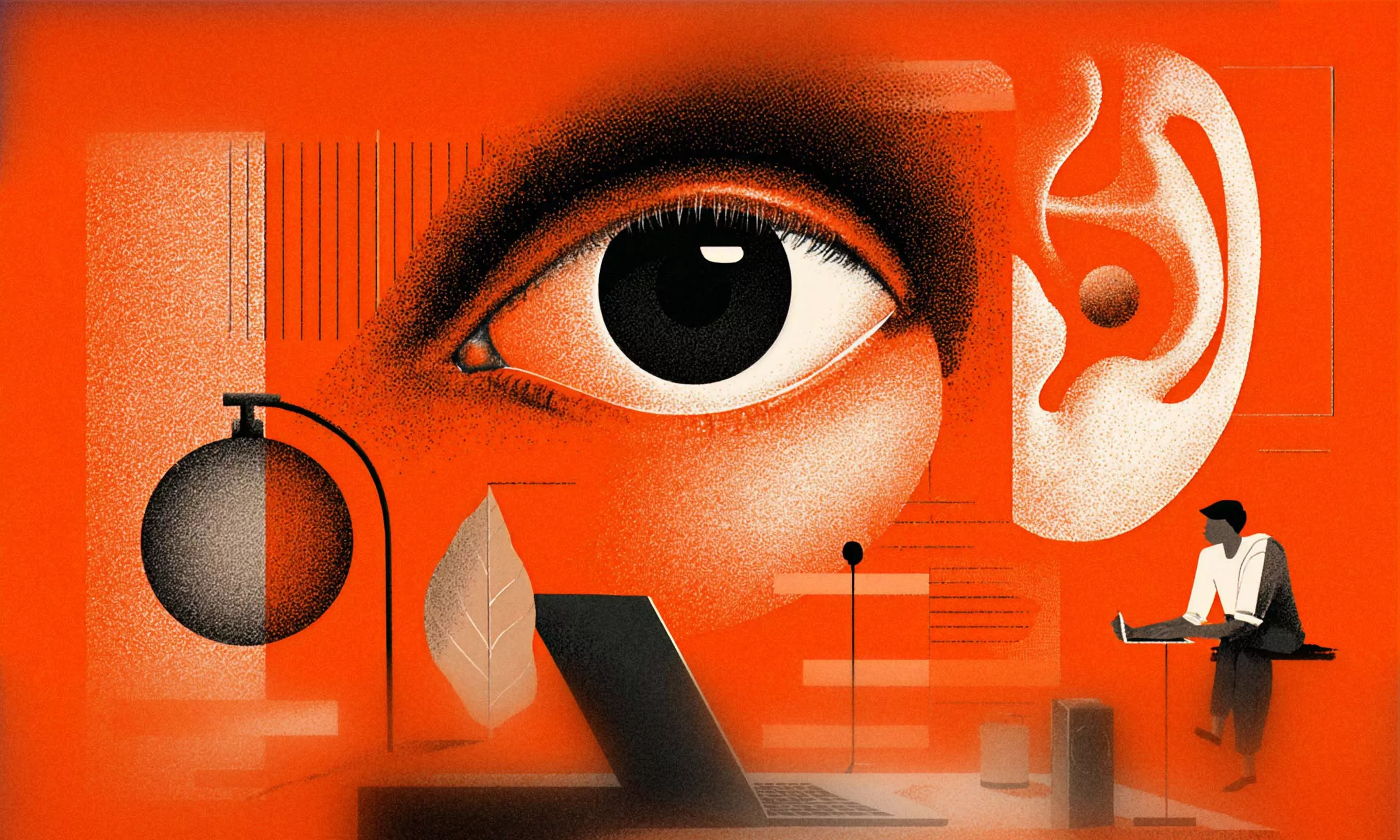To know where we are headed, we need to know where we have been. This philosophy applies to all aspects of life, but when it comes to healthcare, knowing where a patient has been can be critical to making future decisions.
Information about past outcomes allows practitioners to understand the factors that lead to health crises and identify the safest, most effective form of treatment.
In the medical field, data can make the difference between sickness and health, life and death.
The role of data in Covid-19 pandemic
The past year has been a case study in how efficient data collection can vastly improve healthcare outcomes. When people began contracting the novel coronavirus early last year, medical professionals assessed the symptoms, which resembled the flu, and suggested treatments including bed rest and over-the-counter fever reducers. Unfortunately, these traditional treatments were largely ineffective, and so began the months-long period of trial and error.
Ventilators, proning, Hydroxychloroquine, Remdesevir, and various other remedies were explored, their efficacies closely monitored and documented. As time went on and more data became available, medical professionals gained a better understanding of the virus, how it affects different patients, and how it responds to different treatments. Although the pandemic is by no means over, the data gathered from previous Covid-19 cases has led to better care, fewer hospitalizations, and less crowded ICUs.
For centuries, medical data has served a key role in assessing and addressing the health of individuals and the population.
Evolution of health records
Aggregating, managing, and making meaningful use of medical data has historically been a persistent challenge. Personal information, insurance details, medical history, symptoms, diagnoses, prescriptions, lab results, and other relevant pieces of information all used to be recorded in a patient’s physical medical chart.
For every medical institution a patient visited, there was a medical chart available only to the practitioner in whose office it resided. The information was rarely available to the patient themselves, let alone shared with other practitioners treating different concerns. Over time, this accumulation of disparate data sources, paired with the notoriously sloppy penmanship of medical professionals, made it difficult to piece together a complete health record.
Things changed with the passage of The Health Insurance Portability and Accountability Act of 1996. Commonly known as HIPAA, the act obliged medical professionals to provide medical data upon request, thus propelling the gradual adoption of Electronic Medical Records or EMRs for short.
EMR’s were basically paper charts in a digital form, and while they made it easier for doctors to access standardized patient information within their practice, sharing the data outside one institution remained an issue.
EMRs made data collection easier within an individual medical institution, but gaining holistic insight into a patient’s health remained a time-consuming task with a questionable outcome.
Electronic Health Record software
In the early 2000s, policymakers began a push for software solutions that would allow all providers to share health information seamlessly and enable electronic health information to follow patients no matter where they receive care. The output from such software, a comprehensive and transferable health history, has come to be known as an EHR or Electronic Health Record.
By 2009, roughly 50% of providers had adopted some EHR software, but few were able to demonstrate meaningful use. The HITECH Act of 2009 and the continued advancement of technology led to steady innovation and adoption of EHR software throughout the 2010s. Today, EHRs are being used by over 85% of US healthcare providers.
As the cost of implementation decreases and policy makers continue to apply pressure, we are bound to see full adoption throughout hospitals and medical practices soon.
Third-party applications
Improved interoperability standards have led to more reliable integrations and information sharing between different EHR software. But in the EHR ecosystem, data is king. The quality of data is just as important as the quality of software, if not more.
These platforms are extremely complex and have taken years to develop. The larger and more complicated that the software becomes, the more difficult it becomes to customize user experiences. As a result, healthcare providers are often stuck with out-of-box solutions that do not suit their specific needs.
Fortunately, EHR software companies are becoming more and more open to third-party applications that communicate with their APIs and are much more flexible when it comes to user experience customization. Several industry leaders, including Epic and Cerner, now even have their own third-party app marketplaces.
User experience in third-party applications can be fully customized, which leads to a richer and more efficient use of digital health data.
Third-party patient portals
Most EHR companies provide portals that allow patients to, among other things, view and update their health information, schedule appointments, communicate with doctors, and pay their bills. This would work wonders if all of the providers associated with a particular health system used the same EHR software and patient portal.
However, the constant consolidation of hospital systems and medical practices makes this difficult. Changing EHR software requires time-consuming data migration and employee training. Since this software is nowadays largely interoperable and can efficiently share and exchange data, the adoption of a new EHR system is often viewed as unnecessary and cost-prohibitive.
Although not changing the ways in which providers operate has its benefits, it can also mean sacrifices to the patient experience. Having to log in to various patient portals with different interfaces can lead to confusion, declining engagement, and less reliable data.
On the other hand, third-party patient portals are software solutions that exchange data with the APIs of various EHR companies on the backend while providing customized, consistent experiences for patients on the frontend. In a world where patients are increasingly on the move and touchless experiences are preferred, mobile patient portals are increasing in popularity.
Some innovative third-party vendors are even introducing apps that leverage features like geofencing for automated appointment check-ins, Apple Pay and Google Pay for seamless payment, and push notifications for appointment notifications, billing/insurance issues, and other pertinent updates.
Intuitive interfaces encourage increased patient participation in their healthcare journeys, which results in more medical data of better quality.
Remote Patient Monitoring apps
When it comes to managing chronic conditions like diabetes or heart failure, the information gathered during medical visits and contained in an EHR is not enough. Remote Patient Monitoring applications allow doctors to engage more closely with at-risk patients and digitally track their vitals between appointments.
Some RPM apps incorporate video conferencing for monitored vitals tracking, while others integrate with connected devices like blood pressure monitors, glucometers, and scales to track measurements in real-time. Additional RPM app features might include nutrition logging, mood tracking, and medication reminders. These solutions are already showing their potential in driving patient engagement and managing chronic conditions, and we are sure to see a major advancement in this area over the next few years.
Remote Patient Monitoring applications allow doctors to engage more closely with at-risk patients and digitally track their vitals between appointments.
Machine learning apps
Machine learning applications ingest complex healthcare data sets and identify trends that help to improve patient care and support clinical decision-making. Machine learning solutions have been widely used in several areas of medicine such as radiology, cardiology, oncology, and ophthalmology to improve diagnostic accuracy and early disease detection.
Third-party machine learning applications can also be useful when it comes to surgical planning and enriching incomplete records. Take, for instance, a person who needs to have their prosthetic hip replaced after 15 years. All too frequently, a patient’s health record does not contain the make and model of their existing implant.
Currently, the process of identifying an existing prosthetic requires surgeons to share x-ray images with various manufacturers manually. If the wrong implant is ordered, it can lead to longer surgery times, excessive blood loss, or worse.
Machine learning apps can help avoid these types of mistakes. One such app called AIdentify lets surgeons take a photo of a prosthetic x-ray image, which is then cross-referenced against a growing database of implant images to identify the make and model.
HIPAA-compliant apps allow for information to be shared seamlessly between doctors, patients, and manufacturers, ensuring safer surgeries and more accurate health records.
Critical data is a life-saver
From the early EHR’s to today’s software solutions, digital medical data is well on the path of providing a complete picture of an individual’s healthcare history. When viewed in aggregate, it helps us learn more about specific conditions and populations. With EHR companies becoming more open to third-party applications, patient and provider experiences are becoming more customized.
Patient portals are now more user-friendly, RPM solutions make it easier to track and manage chronic conditions, and machine learning models continue to advance as we speak. And these are only a handful of the technological solutions making for more accurate, timely, and meaningful use of EHR data.
We are certain to see many more in the coming months and years, facilitating care, improving efficiency, pinpointing possible courses of treatment, and hopefully saving lives.
Do you have an idea for a third-party EHR application? Let’s talk! Our team has experience in navigating the HIPAA territory.











